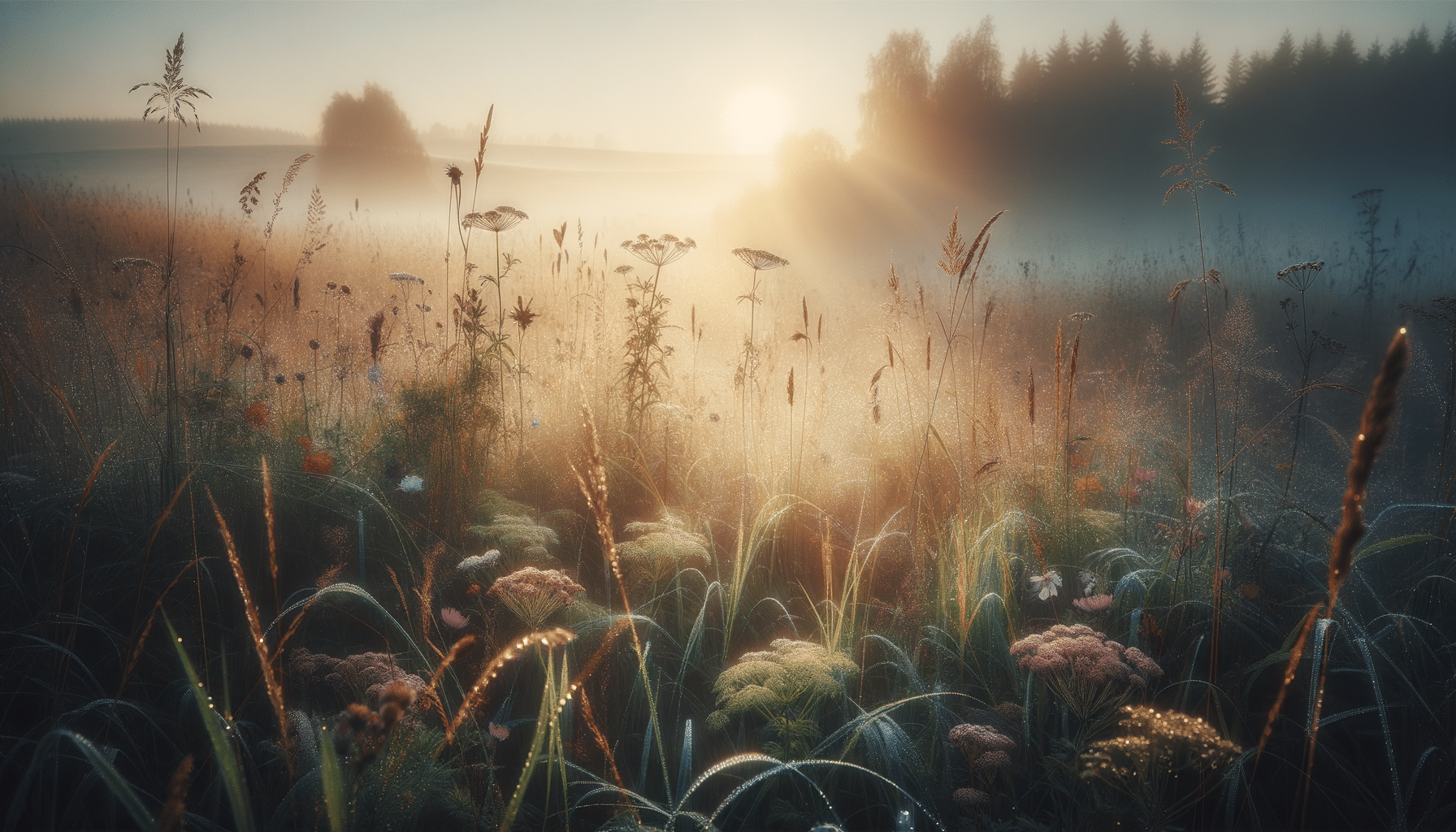
Exploring Effortless Gardens With Native Plants
Introduction to Native Plant Gardening
Native plants are those that have evolved naturally in a particular region, adapting to the local climate, soil, and ecosystem. Incorporating native plants into your garden can transform it into a haven of biodiversity, offering numerous environmental benefits. Choosing native plants means less maintenance, as they are well-suited to the local conditions, requiring fewer resources such as water and fertilizers. This approach not only saves time and effort but also contributes to a healthier environment by supporting local wildlife, including birds and pollinators.
Benefits of Native Plant Gardens
Gardening with native plants offers a multitude of advantages. Firstly, native plants are naturally adapted to local weather patterns and soil types, which means they generally require less watering and fertilization. This results in a more sustainable garden that conserves water and reduces chemical use. Secondly, native plants play a crucial role in supporting local ecosystems. They provide food and habitat for indigenous wildlife, including important pollinators like bees and butterflies. Lastly, using native plants can enhance the aesthetic appeal of a garden with their diverse textures, colors, and seasonal changes, offering a dynamic and evolving landscape.
Designing an Effortless Garden
Creating an effortless garden with native plants involves thoughtful planning and design. Begin by researching plants native to your area, considering factors such as sunlight, soil type, and moisture levels. Group plants with similar needs together to simplify maintenance. Incorporate a mix of trees, shrubs, and perennials to create layers of interest and provide various habitats for wildlife. Use mulch to reduce weeds and retain moisture, and consider adding features such as rain gardens or rock gardens to manage water efficiently. By designing with native plants, you create a low-maintenance garden that thrives naturally.
Common Misconceptions About Native Plants
Despite their benefits, there are several misconceptions about native plants that may deter gardeners. One common myth is that native plants are less attractive than exotic species. In reality, native plants can offer stunning blooms and unique foliage that rival any ornamental plant. Another misconception is that native plants are more prone to pests. While native plants may attract certain insects, these are often beneficial species that contribute to the ecosystem’s health. Finally, some believe that native gardens are less structured or tidy. However, with proper design and maintenance, native gardens can be as neat and organized as any traditional garden.
Steps to Transition to a Native Plant Garden
Transitioning to a native plant garden can be a gradual and rewarding process. Start by identifying areas of your garden that can be converted to native plantings. Remove invasive species and replace them with native alternatives. Gradually introduce native plants into your existing garden beds, observing how they interact with the current landscape. Engage with local native plant societies or nurseries to gain insights and access to a wide variety of native species. Over time, as native plants establish themselves, you will notice a reduction in maintenance needs and an increase in wildlife activity, leading to a thriving, resilient garden.


